Avionics and cockpit automation
Professional Pilot
APRIL 3, 2025
While it may be common to find some very spartan instrumentation on an open cockpit biplane at the local fly-in, the level of complexity increases exponentially in turboprops and jet cockpits. Technically, even a cockpit lighting rheostat qualifies as avionics, but pilots typically associate the term with advanced technology.


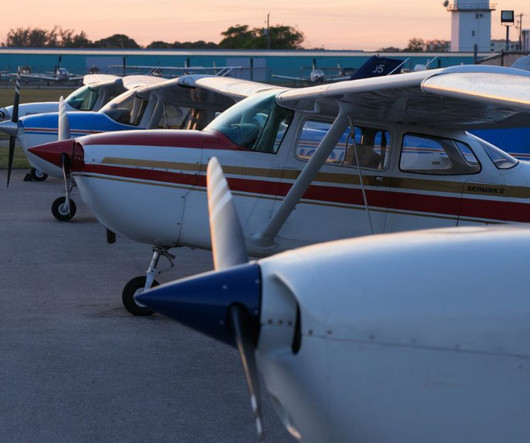




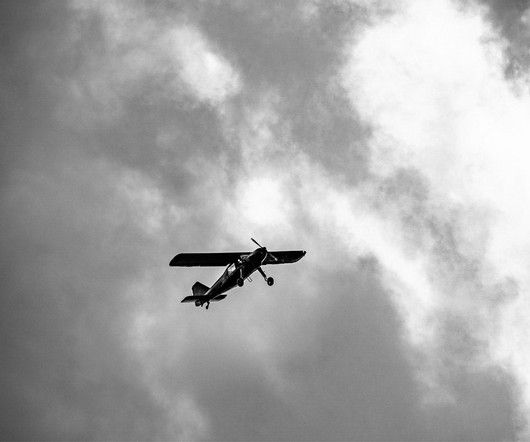
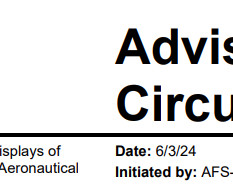

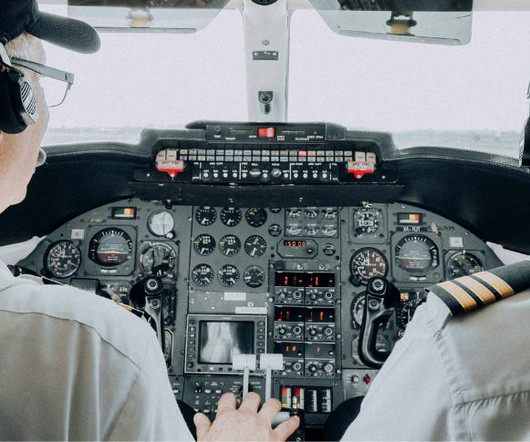

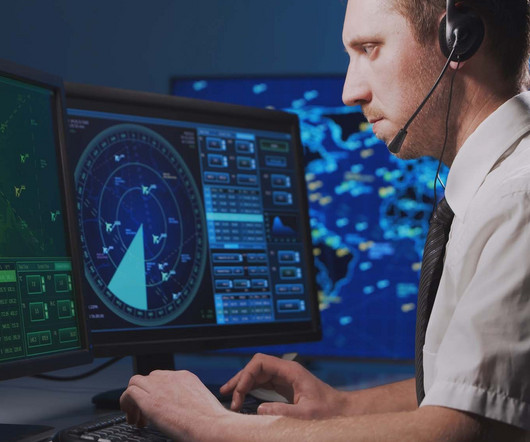






Let's personalize your content